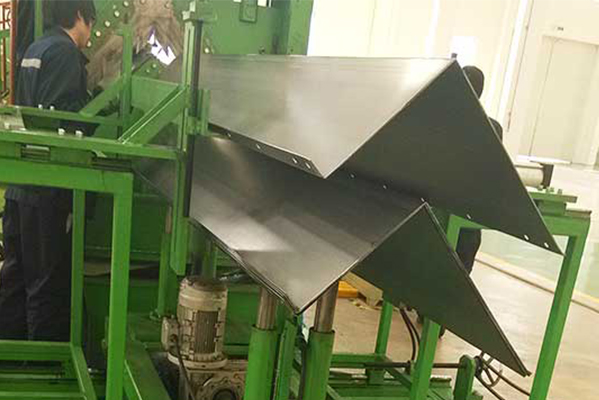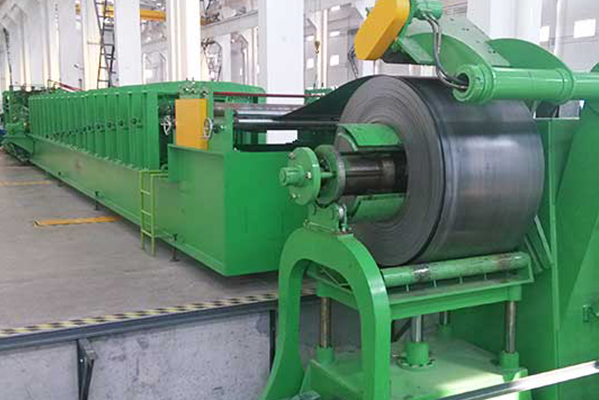Navigation Menu
Contact Us
- Email:
- info@wxavatar.com
- Address:
- Yurong Village, Yuqi Street, Huishan District, Wuxi, China.
Release Date:Oct 26, 2024 Visit:199 Source:ZCM Roll Forming Machine
In the realm of metal fabrication, the evolution of roll forming machines has been a cornerstone of progress, particularly in the production of structural components like L plates. The advent of L plate roll forming machine technology has marked a significant leap in manufacturing efficiency, versatility, and product quality. This technology not only streamlines production processes but also enhances the precision and repeatability of finished products.

One of the most notable advantages of L plate roll forming machine technology is its ability to automate production. Traditional methods of forming L plates often involved manual labor and multiple operations, which were time-consuming and prone to inconsistencies. Modern L plate roll forming machines, however, incorporate advanced automation features that handle material feeding, roll adjustment, and product ejection with minimal human intervention. This automation not only reduces production time but also ensures a higher degree of precision and uniformity in the final product.
Another key aspect of L plate roll forming machine technology is its versatility. These machines can be configured to produce a wide range of L plate sizes and thicknesses, catering to diverse manufacturing needs. The modular design of many roll forming machines allows for quick and easy changes in roll sets, enabling manufacturers to switch between different product specifications without significant downtime or retooling costs. This adaptability is particularly beneficial in environments where product mix and demand can fluctuate rapidly.
The integration of sensors and real-time monitoring systems in L plate roll forming machines has further enhanced manufacturing efficiency. These systems provide manufacturers with valuable data on machine performance, material flow, and product quality. By analyzing this data, manufacturers can identify areas for improvement, optimize production parameters, and reduce the likelihood of defects. Real-time monitoring also allows for quicker troubleshooting and maintenance, minimizing downtime and ensuring smoother production processes.
Material advancements have also played a crucial role in the evolution of L plate roll forming machine technology. New materials, such as high-strength steels and lightweight alloys, offer improved durability and corrosion resistance, making them ideal for structural applications. Manufacturers have developed new roll forming processes that can effectively handle these materials, ensuring high-quality finished products that meet the demanding requirements of various industries.
The implementation of computer-aided design (CAD) and computer-aided manufacturing (CAM) software has revolutionized the design and production of L plates. These software tools enable manufacturers to create detailed designs, simulate roll forming processes, and generate precise machine settings. This digital workflow eliminates the need for physical prototypes and reduces the risk of errors during production, leading to more efficient and cost-effective manufacturing processes.
Moreover, L plate roll forming machine technology has contributed to the improvement of production safety. Automated machines reduce the need for manual handling of heavy materials, minimizing the risk of injuries. Additionally, many roll forming machines incorporate safety features such as emergency stop buttons, interlocks, and guards to protect operators from potential hazards.

In conclusion, L plate roll forming machine technology has significantly enhanced manufacturing efficiency and versatility. By automating production processes, offering versatility in product specifications, integrating sensors and real-time monitoring, leveraging material advancements, and incorporating CAD/CAM software, this technology has transformed the manufacturing landscape for L plates. As the industry continues to evolve, we can expect to see even more innovative developments in L plate roll forming machine technology, further driving efficiency and quality in metal fabrication.